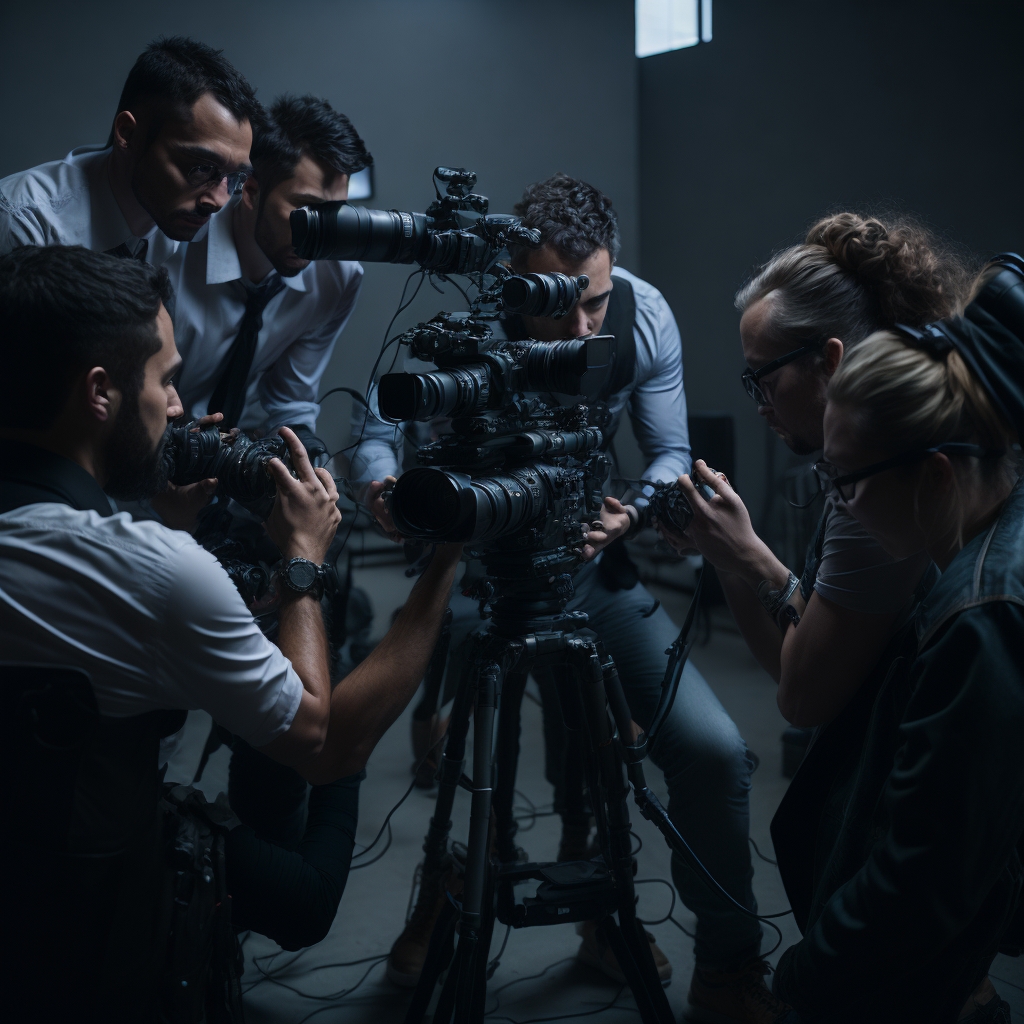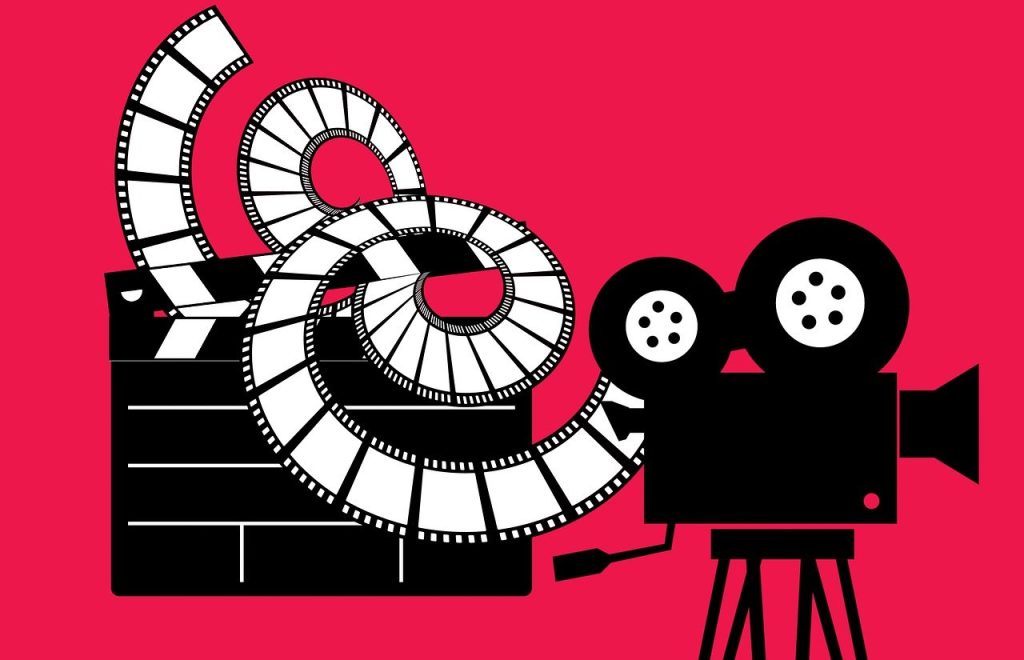
Behind every captivating video lies a well-equipped production team armed with the important tools to bring their creative vision to life. From the moment the camera starts rolling to the final edit, having the right equipment is crucial for creating high-quality video content. Here are some essential pieces of equipment that every video production company needs:
Camera:
A high-quality camera is the core of any video production. Depending on the project’s necessities, teams can choose from mirrorless cameras, DSLRs, or professional cinema cameras. The camera should offer excellent resolution, dynamic range, and low-light performance to capture amazing visuals.
Lenses:
Lenses are as essential as the camera itself. A versatile set of lenses enable videographers to achieve different looks and perspectives. Wide-angle lenses are perfect for capturing expansive scenes, while prime lenses provide sharpness and shallow depth of ground for cinematic shots.
Tripod:
A stable shot is a trademark of professional video production. A sturdy tripod ensures smooth camera movements and steady shots, eradicating unwanted shakes or vibrations
Audio Equipment:
Crystal-clear audio is indispensable for any video. A quality shotgun microphone captures directional sound, while lavalier microphones offer hands-free recording for interviews/testimonials and on-camera talent. In additional, an audio recorder and headphones are important for monitoring and ensuring high-quality sound.
Lighting Kit:
Proper lighting is key to setting the mood and improving the visual appeal of a video. A lighting kit with various types of lights, such as key lights, fill lights, and backlights, allows videographers to create the desired atmosphere and eliminate shadows.
Gimbal/Stabilizer:
For dynamic shots on the move, a gimbal or stabilizer is priceless. These tools stabilize the camera, enabling easy and steady footage even during movement.
Editing Software:
Post-production is the time when the magic happens. A strong video editing software allows the team to assemble the footage, add transitions, visual effects, and sound enhancements, creating a refined final product.
Storage and Backup:
With video files taking up significant storage capacity, ample high-speed memory cards and external storage hard drives are essential for storing and backing up footages.
In conclusion, the right equipment are the pillar of every successful video production. From cameras and lenses to lighting, audio gear, and editing software, having the essential tools guarantees that the team can execute their creative vision with precision and produce high-quality video content that captivates the target audiences. Investing in reliable and top-notch equipment is a must for any video production team looking to take their videos to new heights.



